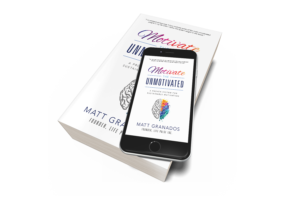The workload is the amount of work to be done by someone or something. Work overload, on the other hand, happens when job demands exceed an individual’s ability to deal with them such as exceeding the time and resources available. Work overload represents the weight of hours, the sacrifice of time, and the sense of frustration with the inability to complete tasks in the time given.
When the pandemic hits, many companies downsized. This means lot of tasks are being transferred to fewer people causing a heavy workload. A heavy workload is when the amount of responsibilities one has pushes the boundaries of what can realistically be done in a given role. These responsibilities might affect other priorities in your life and your personal well-being.
This work overload contributes a lot to stress and burnout. For this reason, it is important to bridge the gap between overload and workload. How do we do that? In LP, we have this brain dump where you transfer everything in your mind to a piece of paper. In our case, we have the LP planner to write this on. This is the same with work overload. We can work dump our tasks into a piece of paper or type them on. By doing this, we may be able to identify the tasks that are really important in achieving our goals.
It is crucial to manage the workloads and the overloads. After we are with the work dump, we can now determine priorities, itemize work responsibilities, and know our limits. In this way, we can develop a strategy by collaborating and communicating with the rest of the team. We can then, come up with a long-term solution to this problem and finally bridge the gap between overload and workload.



